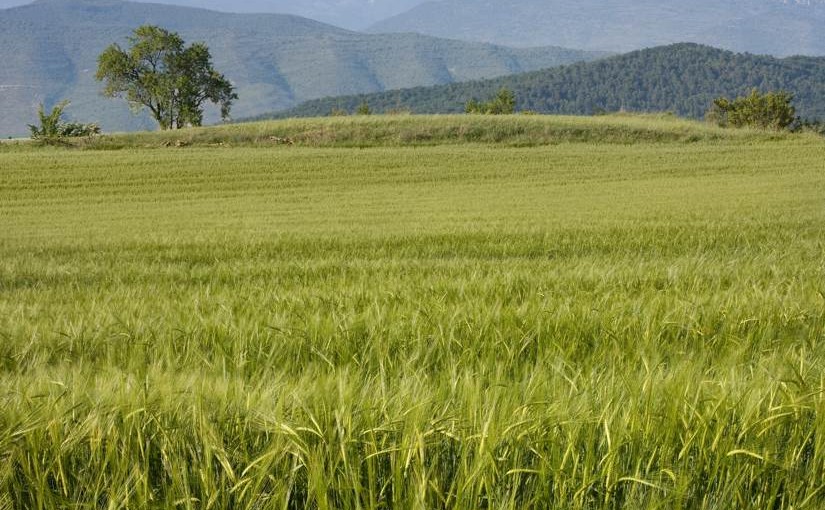My second big photography project, Vistagraphs, is an experiment in making photos that reflect the way that humans perceive the world. This is an explanation of what I mean by that.
First a little theory
As a digital camera focuses light through its lens and captures an image on a silicon sensor, so the eye focuses light through its lens and captures an image on the retina. For a traditional photograph, this moment of capture is the defining point in the production of the final image. This is very different to the way that the human visual system works – for us, a single image viewed by the eye at one point in time is just one of a stream of images that we perceive as we look around a scene. This has a number of repercussions:
- Fixed direction of view. A photo must be taken from a single position, but a human can walk round a scene appreciating it from several angles. We can stoop down to look closely at a footprint then turn around to take in the sky; a photograph must do one or the other.
- Single focal length. The focal length of the lens used for a photo determines the angle of view. A photo can be wide angle to take in more of the scene as a whole, or telephoto to focus on a particular part, but humans can happily go from appreciating a whole scene to focusing on a specific detail.
- Limited depth of field. A photograph has a sharp field – an area where objects are in focus. In a photo with both near and distant objects, some must be out of focus. Eyes have a sharp field too – the object we are looking directly at is sharp, but other objects are viewed at lower resolution, out of focus, in double vision, or all three. Our brain does a wonderful job at hiding this from us. As we look round a scene, we remember an image of each object when we look directly at it, and put together a mental collage of a scene in which everything is sharp.
- Limited exposure range. A photograph has a limited dynamic range – if a scene contains both very light and very dark objects (say both clouds and shadows) then either the bright objects will be overexposed or the dark objects will be underexposed or both. This means that the whole cloud or shadow will be rendered as an area of pure white or black, with no details. Eyes can quickly adjust from viewing dark shadows to bright lights in the same scene.
A vistagraph is an image that combines elements of several photographs in an attempt to more accurately represent the feeling of being in the place and time that the photographs were taken.
An example
This is one of my favourite Vistagraphs. I feel it captures the elements of the scene that I liked – the lush fields of young wheat with mountains rising dramatically behind them:

The above image represents what my brain saw better than any single image I was able to capture on my camera that day. It is in fact a composite of two images:


Vistagraphs are composed of photographs taken in different directions, at different focal lengths and exposure settings, but always in the same place and at the same time. This last point is important – the same technique can be used to create fantastical landscapes that bear no relation to a place in the real world, but this is not what I’m aiming for.
When I take the photos, I try to visualise how they will fit into the final vistagraph, and compose them so that the features of each photo will blend into the next without the join between them being obvious.

What kinda camera are you using?
What software to assemble the images?
Thanks
@Steve mizera: I used a Canon 40D, though any DSLR would do. I used Photoshop, for the compositing, though again, any image editor that supports layer masks would work.